
Learning to read food labels is a super valuable skill in your journey to optimal health. You cannot measure every morsel that passes your lips, but it is a good idea to measure most foods and beverages until you get a feel for portion sizes. It is a super-sized world out there, and most people are surprised to find that their idea of a single serving is actually two or three.
If you are into bells and whistles, there are food scales that are preprogrammed with nutritional information, as well as scales that will keep a running total of your daily food and nutrient intake for you. The only tools you really need, however, are a simple and inexpensive gram scale, dry and liquid measuring cups, and ideas on reading food labels.
Among all of the mentioned tools, reading food labels seem to be the most effective way of determining the right kind of food to be bought in the supermarket. It lets you make sensible food selections. Through the “Nutrition Facts” section in a particular item in the grocery, you can identify the amount of serving sizes provided in that product.
With food labels, you can clearly understand the amount and kinds of nutrients that are provided in the item. Usually, it contains the information on calories, fat, protein, carbohydrate, saturated fat, sodium, total fat, fiber, and cholesterol amount “per serving.”
However, understanding and reading these food labels can be very perplexing. A typical consumer would definitely ask what those numbers mean and how it will affect her diet intake if ever she will religiously follow the serving guide as stipulated on the food label.
To further have a clear and more comprehensive understanding of the items stated in the food label, here is a list of things that you need to know.
Shop Food Scales on Amazon! (AFFILIATE LINKS)



Serving Size
This is the primary item you will see in a food label. The amount of servings stated in the food label refers to the quantity of this food people usually consume on average. However, this does not necessarily mean that it reflects your very own amount of food intake.
Moreover, serving size determines the amount of nutrients that enters the body. This means that if you will follow strictly what the serving size is, you will obtain the same amount of nutrients according to the serving size that was given in the label.
For instance, if the serving size says one serving size is equal to 54 grams, that would mean you have to measure 54 grams and eat that and you have just eaten one serving. So to speak, the amount of nutrients stated in the food label is the same amount that has entered your body considering the fact that you have just eaten 54 grams.
However, if you have eaten everything, and the food label says that each pack is equivalent to 4 servings, you have to calculate the amount of nutrients that have entered your body. This means that if the food label says 250 calories per serving that means you have to multiply it to four to get the total amount of calories you have taken.
Nutrients
This refers to the list of available nutrients in a particular item. It is also where the nutritional claims of the product based on the recommended daily dietary allowance are stated. Usually, the nutritional amounts are based on both the 2,500-calorie diets and the 2,000 recommended dietary allowances.
In order to understand the numeric value of each item, you should know that the “% daily value” that the food label indicates is actually based on how a particular food corresponds to the recommended daily dietary allowance for a 2,000 calorie.
If in the event that you have purchased an item that has a dietary allowance different from the 2,000-calorie diet, you just have to divide the stipulated amount by 2,000 and you will be able to identify the “%daily value” for the nutrients.
This is all based on FDA recommendations and we know they always get it right (sarcasm), so I don't pay too much attention to the percentages, but it's always nice to know what you're eating so you should understand what this mumbo jumbo is all about.
Ingredients
The MOST important piece of the nutrition label for those watching grain, sugar, and gluten intake and for those with food sensitivities or allergies.
This refers to the list of the ingredients that were used to manufacture the product. The listing is usually arranged from the main ingredients that have the greater amount by weight up to the smallest quantity. This simply means that the actual quantity of the food includes the biggest quantity of the main ingredient or the first item and the minimum amount of the very last ingredient.
Always pay close attention to the ingredients list, there are many derivatives of corn, dairy, wheat, and soy that many of us avoid. Usually these ingredients have long scary names that we can't pronounce, you can find a list of gluten safe and unsafe foods here, corn derivatives here and you can find a list of soy and dairy derivatives here.
Label Claim
This refers to the kinds of nutritional claims of a particular food item. For instance, if an item says it is sodium-free, it has less than 5 milligrams per serving or a low fat item actually contains 3 grams of fat or less.
Indeed, reading food labels can be very tedious and confusing. Nevertheless, once you get the hang of it, it would be easier for you to watch your diet because you can already control the amount of food that you take in.


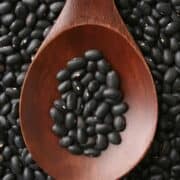
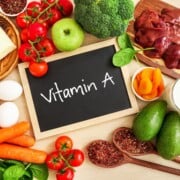
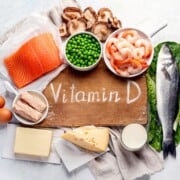

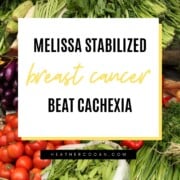

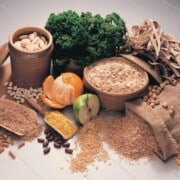

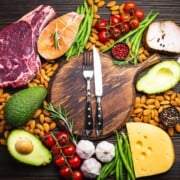





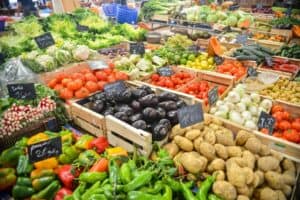


Tell Me What You Think